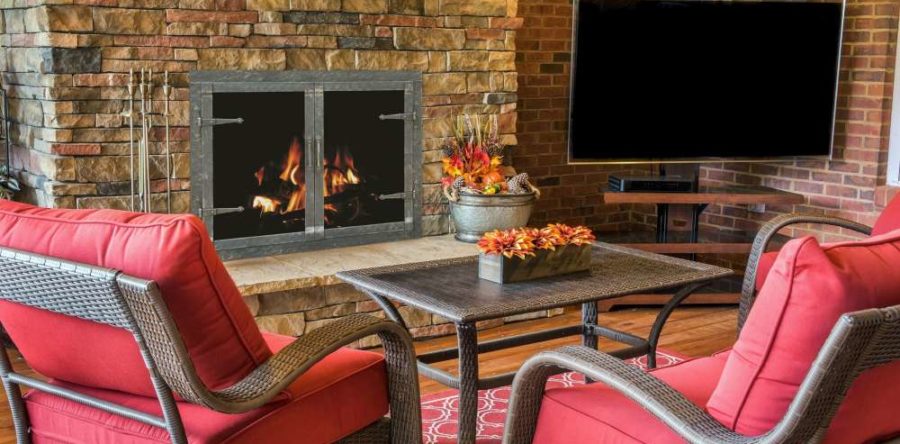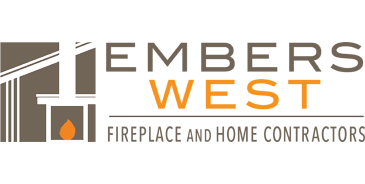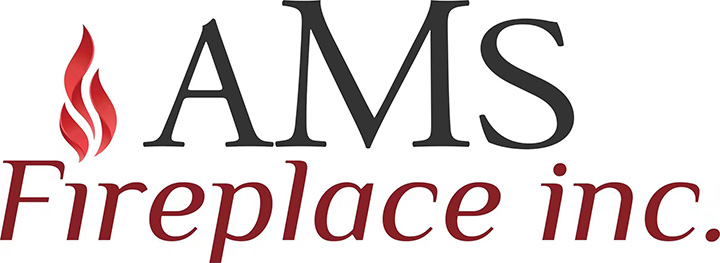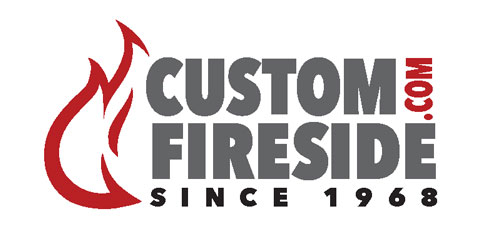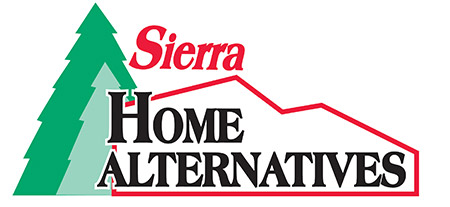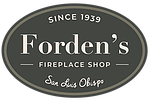When comes the time to choose a fireplace or a stove, heat output is a critical factor to consider. If your fireplace generates too much heat for the room, you will be shy about using it when you have company over. If the BTUs are too small it may also be a problem when you need to warm up a space, especially in a power outage scenario.
In every climate zone of the United States and Canada, you do need to heat your homes. Even the warm climate zone will need to turn on the heater for a few cool nights. What factors should you consider that do have an impact on how many BTUs are needed?
Single room or the house
Do you want to warm up a single room or the entire home? If the goal is to supplement heat in our living room or family room, it will require less BTU than if you are aiming at the entire house. The size of the room is important, not only the length and width but also the height of the ceilings. If your house is an open concept, it would be ideal to include the whole open area for the dimensions of the room. Cathedral ceilings will also require as much as double the heat compared to a regular 8-foot ceiling.
Year of construction
When was your house built? Generally speaking, homes that were built after 1990 do offer a much better insulation level, thus requiring less heat than homes built before 1990. If you feel your dwelling is well insulated but built before 1990, it probably is matching the insulation levels of homes built after 1990.
Areas below and above the rooms
Once the location of your fireplace is set, what is below and above the room will play tremendously in the BTU calculation. If the area below the room is not insulated, like a crawled space, the room will feel cold, so it will require more units to feel comfortable. If there is no insulation in the attic above, the heat will escape, as it rises naturally.
Windows
The windows do play a role too in preventing heat from going out. Double glazed windows offer a much better insulation factor than single glazed. But even the best windows are no match to an insulated wall. The greater the window area, the more heat loss there is. Figuring out the window area for the room consist of adding the square footage of each window found in the room where the fireplace is.
BTU efficiency rating
Most fireplaces and stoves do have a BTU rating. That rating is the BTU input. It means that the fireplace is taking in an amount of fuel (wood, gas, pellet, ethanol) to produce fire. The efficiency percentage will tell you the net output you will be getting inside the room. For instance, let’s use the Ambiance Intrigue Fireplace:
- It has a 39,500 BTU rating,
- Its Energuide efficiency is 70.9%,
- The output for your room will then be 28,005 BTU per hour (39,500 x 0.709) when running on high.
Let’s compare with the Heatnglo True 36, similar in size:
- It has an input of 45,500 BTU rating,
- A 57.9% efficiency,
- The net output to your room would be 26,344 BTU.
Although the Heatnglo fireplace burns 15% more gas, it produces 6% less heat. That is why it is important to make the calculations on efficiency to match a fireplace to your BTU need.
A quick note on efficiency ratings: Do not be fooled by ‘steady state’ or ‘in-house lab’ ratings. In North America, there are two scientifically proven and approved methods to measure efficiency on gas fireplaces. The EnerGuide P.4 efficiency and the AFUE. On wood and pellet fireplaces, the recognized method is the CSA B415.1 method.
So how do you properly measure the number of BTUs you need to heat your space? We strongly recommend having a local expert come in and measure your needs. Also, we designeda BTU Calculator made for North American Climate zones and for fireplace needs. Try it out!
